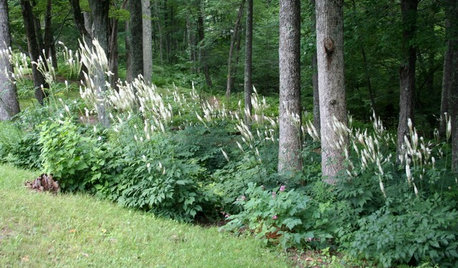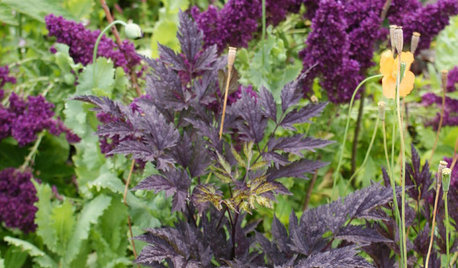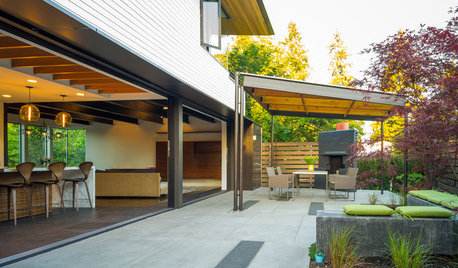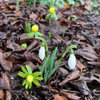Cimicifuga, Actaea, bugbane, snakeroot (lots of AKA)
rouge21_gw (CDN Z5b/6a)
11 years ago
Featured Answer
Sort by:Oldest
Comments (9)
gardenecstasy
11 years agorouge21_gw (CDN Z5b/6a)
11 years agoRelated Professionals
Wrentham Landscape Architects & Landscape Designers · Wrentham Landscape Architects & Landscape Designers · Beavercreek Landscape Architects & Landscape Designers · Forest Acres Landscape Architects & Landscape Designers · Milwaukee Landscape Architects & Landscape Designers · Allentown Landscape Contractors · Eagle Landscape Contractors · Fort Atkinson Landscape Contractors · Melrose Landscape Contractors · Paramus Landscape Contractors · Pine Hills Landscape Contractors · Quincy Landscape Contractors · Wailuku Landscape Contractors · West Covina Landscape Contractors · Westford Landscape Contractorsrbrady
11 years agoaachenelf z5 Mpls
11 years agorouge21_gw (CDN Z5b/6a)
11 years agoninamarie
11 years agorouge21_gw (CDN Z5b/6a)
11 years agothe_plant_geek
11 years ago
Related Stories

GARDENING GUIDESGreat Design Plant: Actaea Racemosa
Elegant flowers top black cohosh in summer woodland gardens
Full Story
PURPLE FOLIAGEGreat Design Plant: Autumn Snakeroot
Venture fearlessly into the dark with this striking almost-black plant that brings a dramatic mood to the garden
Full Story
GARDENING GUIDES8 Plants for a Deliciously Fragrant Fall Garden
Scent the autumn air with the perfume of caramel corn, honey and spices by adding these intoxicating plants to your landscape
Full Story
GARDENING GUIDESTop 12 Summer-Blooming Perennials for Deer-Resistant Drama
Can you have garden color, fragrance and exciting foliage with hungry deer afoot? These beauties say yes
Full Story
PATIOSPatio Details: Covered Dining Area Extends a Family’s Living Space
Large sliding glass doors connect a pergola-covered terrace with a kitchen and great room in Seattle
Full StoryMore Discussions








ctopher_mi